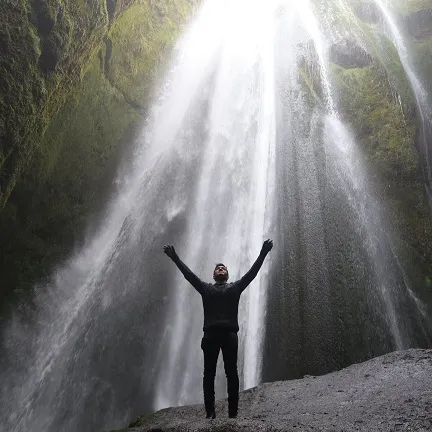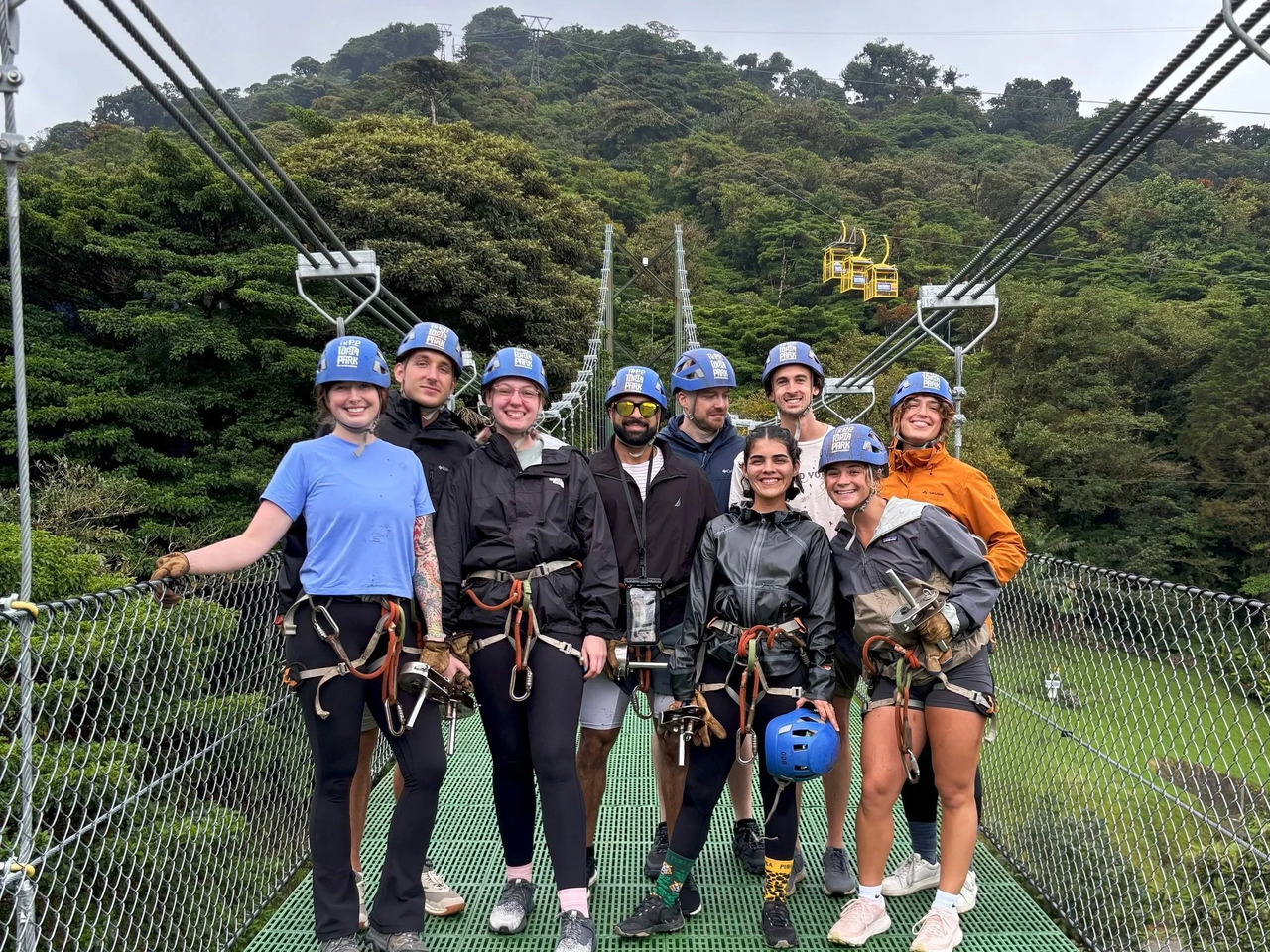Have you ever noticed that most first aid kits are completely inadequate and just filled with bandages? If you want to build the best first-aid kit for international travel, you’ve come to the right place. I’m no travel doctor, but after over a decade of traveling internationally and leading a tour company for young people, I’m well-versed in emergency management and certified in wilderness first aid. As a tour guide, I’ve dealt with everything from anaphylactic shock to heat stroke to dislocated limbs to traffic accidents. I can’t stress enough the importance of carrying a travel-size first aid kit wherever you go!
But I get it: your international travel medical kit must be small! You don’t want to be lugging a massive first aid kit around the globe. The goal is to build a travel-size first aid kit.
In this super simple guide to building the best first aid kit for international travel, you’ll learn:
- Which low-cost first aid kit to buy
- What to put in an international travel first aid kit

Photo credit: Quepo Canyoning, Quepos, Costa Rica
Which first aid supplies should you buy?
So, you want a low-cost yet effective travel-size first aid kit? I own three, and I prefer Surviveware’s Small Premium First Aid Kit, which should cost about $50.
What is included in the first-aid kit?
- 6” Shears: These shears are supposed to pass through TSA, but at the end of the day, it's up to the TSA officer to decide. I’ve had them taken before, but you can replace them for about $10.
- Adhesive Bandages: I told you that first aid companies love band-aids!
- Butterfly Closures: Important for closing wounds.
- Cotton Gauze Swabs
- Crepe Bandage: Your typical elastic wrap for wrapping a sprained ankle or securing band gauze.
- Emergency Blanket: Mylar space blankets can save your life if you have to spend a night in the cold! Read more in my article: What to do in a Snowstorm or Blizzard While Traveling.
- Eye Pads
- Hypoallergenic Tape: I highly suggest having more athletic tape!
- Nitrile Gloves: In a genuine emergency, having one pair of latex gloves isn’t enough. I recently witnessed a traffic accident, and we could have used more to protect ourselves from blood/bloodborne pathogens.
- Conforming Bandage: Also known as wound dressing.
- Safety pins: useful for securing wraps and splints. Safety pins are also valuable for popping blisters.
- Splinter Probes
- Strip Wound Closures
- First Aid Guide: If you want to travel light but still be super prepared, I’d recommend downloading the book Where There Is No Doctor.
- Triangular Bandage: One of the most essential pieces in this kit, I always carry an extra for wrapping up a wound or making a sling.
- Tweezer
- Whistle: This is one of my 12 Essential Travel Safety Items. I recommend upgrading to a louder, waterproof whistle.

What Should I Add to an International Travel First Aid Kit?
- Tourniquet: This is the number one item you should always carry! If you sever an article in a severe accident, this is critical to apply within seconds and can save your life or the life of a loved one.
- Trauma pads: For severe bleeding and, yes, shootings. It's not fun to think about, but stuffing tampons in gunshot wounds can stop bleeding.
- Triangle bandage: This must-have is helpful as a sling, a bandage, or a makeshift tourniquet.
- Extra wrap: This self-adhesive wrap will help you cover a wound or wrap up a sprain.
- Thermometer: It’s always good to be able to tell a doctor if you have a fever. Plus, if you have a fever, you’ll want to monitor it to ensure it doesn’t get too high.
- SAM splint: A splint won’t fit in your kit, but it is a 'nice to have'. I’ll leave this one up to your discretion.
- Alcohol pads
What about medicines and things you could find at a pharmacy?
It's great if there is a pharmacy nearby, but if there isn't, you'll need some basics like:
- Benadryl and Claratin for antihistamines
- Hydrocortisone cream
- Tylenol, Advil, and or Aspirin
- Anti-diarrheal medication
- Electrolytes for dehydration
These things can ease pain, or even save your life, so they are important to have if you can't get to a doctor immediately.
Please note that this first aid kit is not all-encompassing and is designed to be small, fit in a backpack, and not take up too much space. For example, water filtration tablets or a Lifestraw would be great to add if you have the space. Hopkins Medicine recommends mosquito repellent, which is great but not necessarily part of my medical kit.
Enjoying my travel tips? Read The Millennial Travel Guidebook: Escape More, Spend Less, & Make Travel a Priority in Your Life.
The safest way to travel?
Traveling in a group with a guide who is first aid and CPR certified knows where the local hospitals, clinics, doctors, and pharmacies are, speaks the local language, and can accompany you to keep you safe!
Check out our group trips with Under30Experiences!




.avif)


























